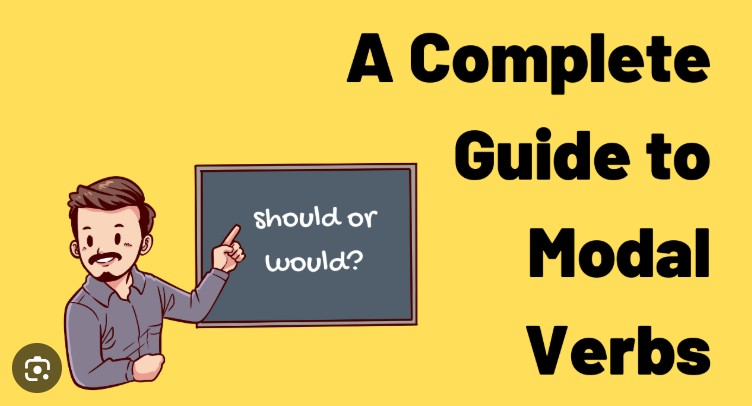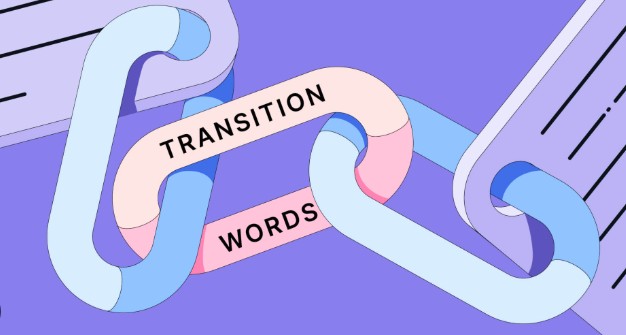Simple Future
Simple Future Definition The Simple Future Tense describes actions that will happen in the future. It is used for predictions, decisions, and promises about the future. Formula: Subject + will + Verb (base form) + Object Tip: Use “shall” with I or We for formal situations, but “will” is common in everyday English. Uses of […]






